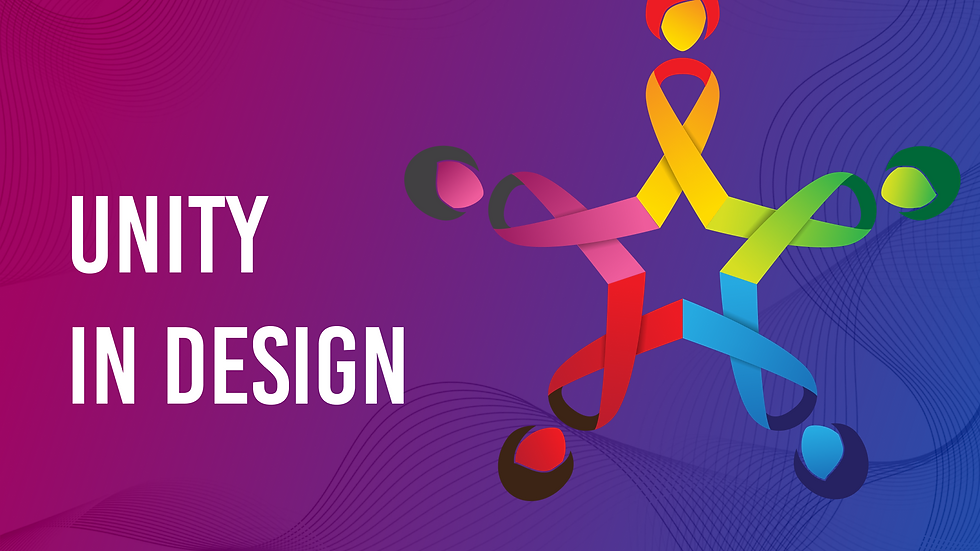The Art of Emphasis in Design
- Rohit Kumar Verma
- Apr 11, 2024
- 2 min read

, convey hierarchy, and evoke emotional responses. In this blog post, we'll delve into the concept of emphasis in design, its significance, and how it can be leveraged to elevate the impact of visual communication.
Unveiling Emphasis
Emphasis, also known as focal point or dominance, is a fundamental principle in design that involves directing the viewer's attention to specific elements within a composition. By highlighting key elements—such as text, images, or graphic elements—designers can create a visual hierarchy, establish focal points, and guide the viewer's gaze through the design.
The Importance of Emphasis
Emphasis plays a crucial role in design for several reasons:
Creating Visual Hierarchy: Emphasis helps establish a clear visual hierarchy within a composition, allowing viewers to quickly discern the relative importance of different elements. By emphasizing certain elements over others, designers can guide the viewer's attention and streamline the communication of key messages.
Enhancing Readability and Clarity: Emphasis improves readability and clarity by drawing attention to important information and reducing cognitive load. Whether it's highlighting headlines, call-to-action buttons, or critical data points, emphasis ensures that essential content stands out and is easily digestible.
Eliciting Emotional Responses: Emphasis can evoke emotional responses and shape viewer perceptions by directing attention to specific visual cues. By strategically emphasizing elements that evoke certain emotions—such as vibrant colors, expressive imagery, or compelling typography—designers can elicit desired reactions and engage viewers on a deeper level.
Fostering Engagement and Interaction: Emphasis encourages engagement and interaction by directing attention to interactive elements and guiding users through the design. Whether it's prompting users to click on a button, scroll through content, or explore additional information, emphasis enhances user experience and encourages action.
Techniques for Creating Emphasis
Designers can employ various techniques to create emphasis and establish focal points within a composition:
Contrast: Contrast is a powerful tool for creating emphasis by juxtaposing elements with distinct characteristics, such as color, size, shape, or texture. High-contrast elements stand out from their surroundings and draw attention naturally.
Scale and Proportion: Scaling certain elements larger or smaller than others can create emphasis and establish hierarchy within a composition. Larger elements tend to attract more attention and can serve as focal points within the design.
Colour: Vibrant colours or contrasting colour schemes can create emphasis and draw attention to specific elements within a composition. By using colour strategically, designers can highlight key information and evoke desired emotions.
Typography: Bold, expressive typography can command attention and create emphasis within a layout. Whether it's a striking headline, a highlighted quote, or a call-to-action button, typography plays a crucial role in establishing focal points and guiding viewer perception.
Emphasis in Design Conclusion
Emphasis is a cornerstone of effective design, enabling designers to create visual hierarchy, enhance readability, evoke emotions, and foster engagement. By strategically amplifying certain elements within a composition, designers can guide the viewer's attention, communicate key messages, and shape viewer perceptions. Whether designing websites, branding materials, print publications, or digital interfaces, the emphasis remains a powerful tool for creating compelling and impactful visual communication. Embrace the art of emphasis, and elevate the impact of your design endeavours.



Comments